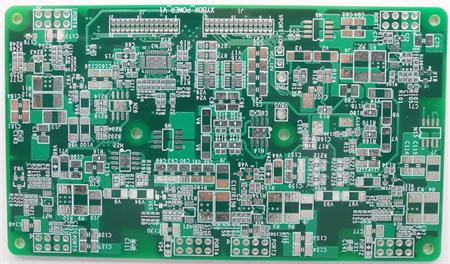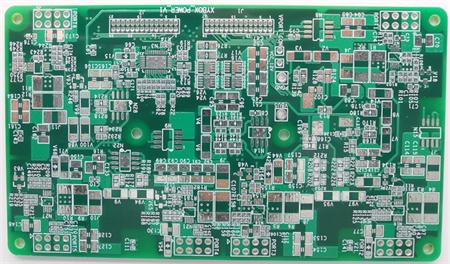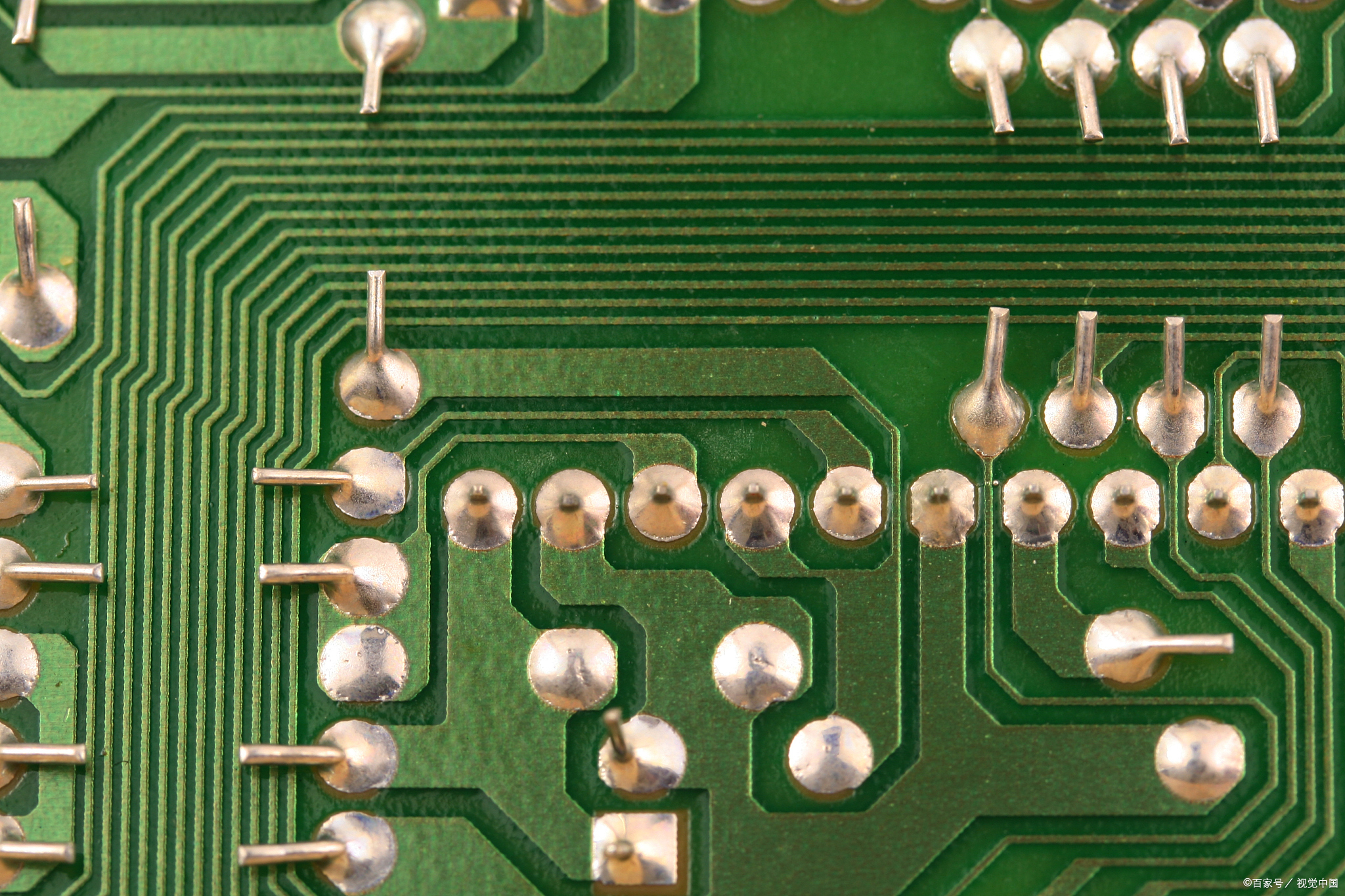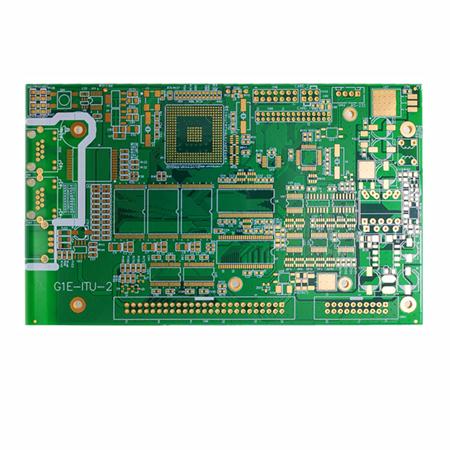
The root cause of expansion and contraction is determined by the characteristics of materials. To solve the problem of expansion and contraction of soft and hard bonding plates, we must first introduce the FPC plate material Polyimide:

(1) Polyimide has excellent heat dissipation performance and can withstand the thermal shock of lead-free welding high temperature treatment;
(2) For small devices that need more emphasis on signal integrity, most equipment manufacturers tend to use flexible circuits;
(3) Polyimide has the characteristics of high glass transfer temperature and high melting point. Generally, it should be processed above 350 ℃;
(4) In terms of organic dissolution, polyimide is insoluble in general organic solvents.
The rise and fall of flexible plate materials are mainly related to the matrix materials PI and glue, that is, to the imidization of PI. The higher the degree of imidization, the more controllable the rise and fall.
According to the normal production law, flexible boards will have varying degrees of expansion and contraction during the formation of graphic lines and the combination and pressing of soft and hard after cutting. After the etching of graphic lines, the density and trend of the lines will lead to the reorientation of the stress on the entire board surface, eventually leading to the general regular expansion and contraction changes on the board surface; In the process of soft and hard bonding and pressing, due to the inconsistent expansion and contraction coefficients of the surface coating film and the base material PI, a certain degree of expansion and contraction will also occur within a certain range.
In essence, the expansion and contraction of any material are caused by temperature. During the lengthy manufacturing process of PCB, after many hot and wet processes, the expansion and contraction values of materials will change slightly to varying degrees, but from the perspective of long-term actual production experience, the changes are still regular.
How to control and improve?
Strictly speaking, the internal stress of each roll of materials is different, and the process control of each batch of production boards will not be the same. Therefore, the grasp of the material expansion and contraction coefficient is based on a large number of experiments, and the process control and data statistical analysis are particularly important. In actual operation, the expansion and contraction of the flexible board are staged:
First of all, from the opening to the baking plate, the expansion and contraction at this stage are mainly caused by temperature:
To ensure the stability of the expansion and contraction caused by the baking board, the consistency of process control is the first step. On the premise of uniform materials, the operation of heating and cooling the baking board must be consistent each time. It is not allowed to put the baking board in the air for heat dissipation because of the pursuit of efficiency. Only in this way can the expansion and contraction caused by the internal stress of the material be eliminated to the greatest extent.
The second stage occurs in the process of pattern transfer, and the expansion and contraction in this stage are mainly caused by the change of stress orientation in the material.
To ensure the stability of expansion and contraction in the process of line transfer, all baked boards cannot be ground, and the surface shall be pretreated directly through the chemical cleaning line. The surface must be flat after the film is pressed, and the board surface must have sufficient standing time before and after exposure. After the line transfer is completed, the flexible board will show varying degrees of curl and contraction due to the change of stress orientation, Therefore, the control of the line film compensation is related to the control of the precision of the combination of software and hardware. At the same time, the determination of the expansion and contraction range of the flexible board is the data basis for the production of its supporting rigid PCB board.
The third stage of inflation and contraction occurs in the process of soft and hard plate pressing, and the inflation and contraction in this stage are mainly determined by the pressing parameters and material properties.
The PCB factors affecting the expansion and contraction at this stage include the heating rate of pressing, the setting of pressure parameters, and the copper residue rate and thickness of the core plate. In general, the smaller the copper residue rate, the larger the rise and fall value; The thinner the core plate is, the larger the shrinkage value is. However, from large to small, it is a gradual change process, so film compensation is particularly important. In addition, due to the different nature of flexible plate and rigid plate materials, its compensation is an additional factor to be considered.






